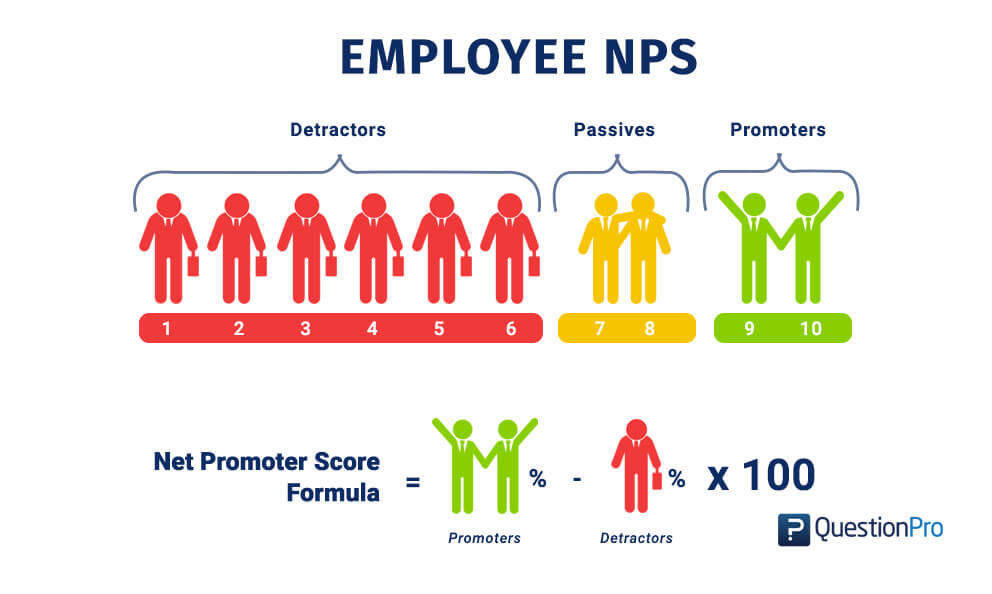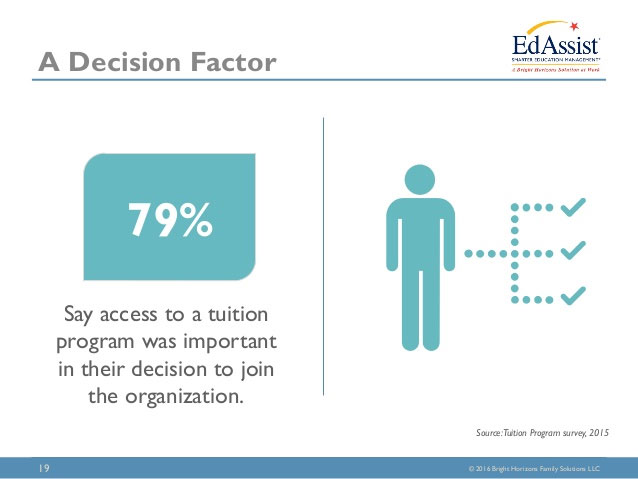
Only, the truth is anything but.
With all the options available today, only 15% of employees are engaged at work. Less engaged employees mean less productivity. In the US alone, companies have reportedly lost $11 billion to staff turnover in a year.
The core problem here is that measuring productivity has always been hard. Since it depends upon a delicate balance of inputs, expectations, and the perceived relevance of the output.
All of this boils down to selecting and tracking the right metrics for your team.
While you’re encouraged to explore the most valuable metrics for your organization, we’ve provided four that have proven their worth over and over again.
Total Contract Value
One of the main reasons it’s hard to engage employees is because they often can’t tie their efforts to results. But, you can get around this issue by using your goals as a trackable metric.
Now, the total number of sales made is great to gauge how someone is doing. But, the total contract value makes for a better tool as it allows for a deeper assessment.
The Total Contract Value (TCV) is what the complete deal is worth, including upsells, services, and recurring revenue.
TCV is calculated as monthly recurring revenue multiplied by contract term length, plus all the one-time fees you may levy.
A contract value is particularly important for SaaS businesses. It can give a more realistic view of what they can expect than, say, lifetime value, which is more predictive.
The TCV is important to measure, as a more satisfied client usually buys more and sticks with its vendor for a long period of time.
In other words, TCV can tell you how well your employees engage with the customer.
You can also prioritize TCV for your team by creating specific commission programs for it. For example, rewarding procurement specialists with commissions for securing vendors and contracts is a good way of prioritizing TCV in the value chain.
So, the more TCV an agent generates, the more commission they can earn. Such a program also deters negativity within the organization, as the reward is merit-based.
Talent Development Allowance Usage
Talent development is what allows a company to tap into and develop its workforce’s true potential.
Talent development can also go a lot further than standard training programs that aim to bring employees up-to-speed on how the company works.
Talent development relies on discovering talent both outside and within the organization. It then arms the individuals with the knowledge and tools they need to excel in their roles.
Talent development programs aim to identify and nurture key strengths through instructions. But, such a strategy can fall short, as your talent managers may not be able to identify an employee’s skills.
You can also give a talent development allowance that will help employees hone their skills in their own time.
The online tutoring website Preply, for example, gives a monthly allowance to its employees as a way to encourage them to develop their skills. This not only helps them keep their employees learning, it also ensures their team is engaged with their online tutors.
But, an allowance won’t suffice by itself. You should also be able to trace it to performance gains. One way to do so is to have your employees report where they chose to spend the money.
Are they taking updated courses? How much of the allowance is being used up? Is the program actually resulting in performance gains? If so, then how much?
You can also keep a record of all the resources your employees are investing in. Doing so will help you to create a knowledge base for future team members.
Employee Net Promoter Score
The Net Promoter Score (NPS) was a metric devised by Bain and Co in 2003 to measure customer loyalty.
It allows us to understand customer happiness, by asking them in a survey on how likely they are to recommend the company. Customers are then divided into promoters, passives, and detractors based on their responses.
The employee Net Promoter Score (eNPS) system applies this concept to worker satisfaction.
Engaged employees are likely to recommend their employers to friends. Disengaged employees on the other hand will either stay mute or disparage the company.
The metric is easy to put together and measure. Most companies use a variation of the question, “on a scale of zero to 10, how likely are you to recommend this company to your friends and family?”
Those that answer nine and 10 are your promoters and your most engaged employees.
Employees that answer six to eight are passives who are neither for or against.
Finally, those that answer between zero and five are detractors who have a less favorable opinion of your company.
eNPS surveys face one issue that their original version doesn’t. Employees may portray themselves as promoters even if they aren’t, due to fear of reprisal.
They may think their manager could fire them if they answer in the negative. Since these surveys cannot be anonymous, it is best to address such issues beforehand.
eNPS surveys are particularly useful in remote teams, as you don’t have the luxury of seeing a person face-to-face. For example, the company Loganix runs much of its operations remotely. They use such surveys periodically to find out how engaged their remote employees are.
Learning Usage and Adoption
The importance of helping employees develop in their careers cannot be overstated.
In fact, LinkedIn’s 2019 Workforce Learning Report states that 94% of employees will stay with employers who invested in their learning.
This trend is strongest among younger workers, particularly millennials and Gen Zs.
Fortunately, employers have plenty of options that enable their employees to learn.
You can either go for a one-to-one approach, where educators help employees overcome personal barriers. Or, you can give your employees resources they can use at their own pace.
This resource for sales professionals from Reply.Io is an ideal example of how a company can empower employees.
But, merely providing a resource won’t be enough. You also need to track how your employees are using said resources.
Consider asking which of your employees are actively consuming your resources. Likewise, identify which resources are used most, or are being underused.
You can refine your organization-wide learning efforts to increase employee engagement.
Concluding Thoughts
It’s important to remember that employee engagement and employee happiness aren’t the same, even if they may seem related. Happy employees are typically more productive, but not necessarily so.
There are cases where employers have democratized their workplace to the point where making decisions becomes a chore.
Happy employees will no doubt report that they are more engaged. But, the only way to know if they truly are responsive is by using metrics.
The metrics we’ve provided are tested and proven. Ultimately, employee engagement is a two-way street. It needs input from both the employer and employee sides in order to work.



